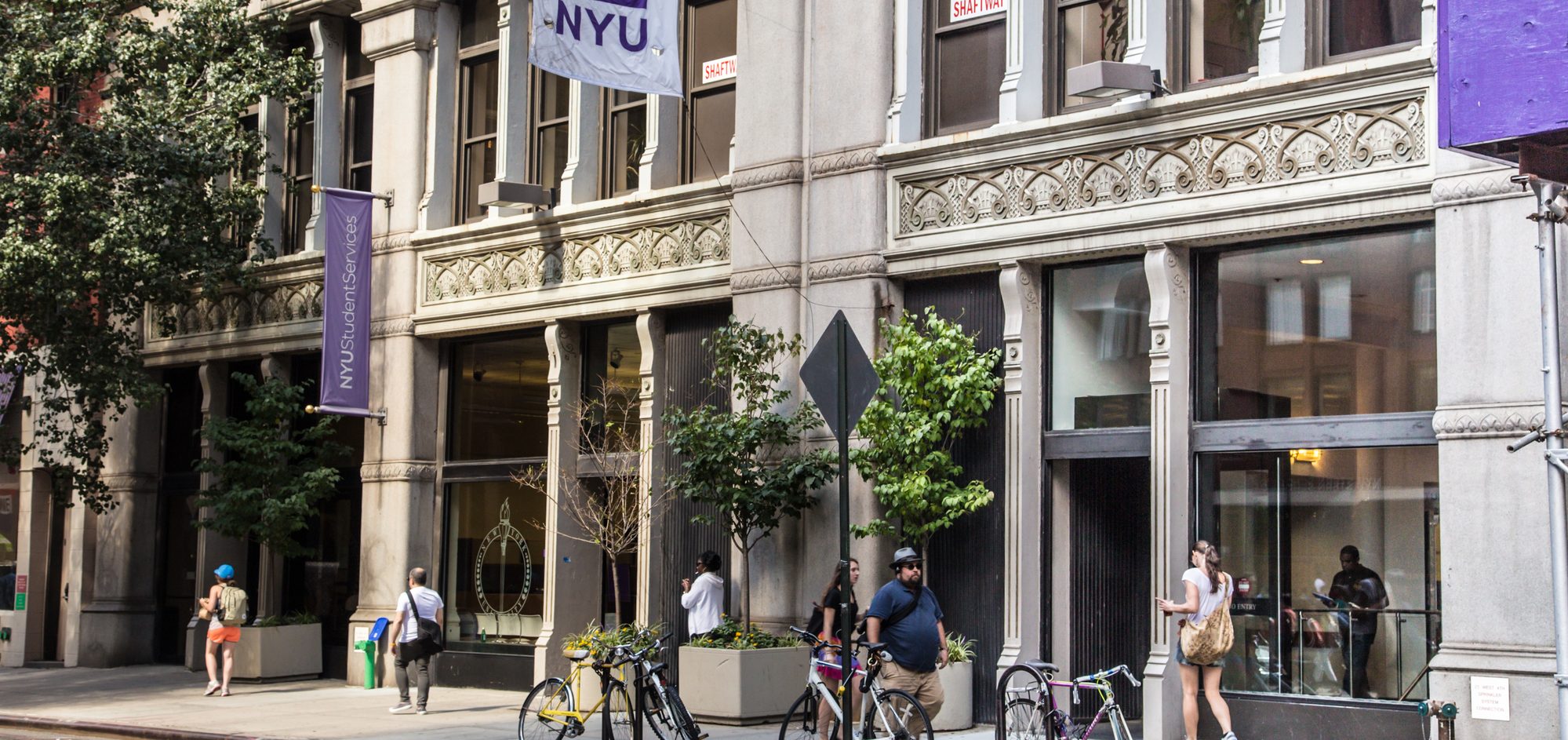The other day I was reading an article from Wired that a colleague shared with me. It was entitled: “Cities Are Watching You – Urban Science Graduates Watch Back.” The attention-grabbing title notwithstanding (more on that a little later) was a very appropriate and interesting article.
 The article discussed the rise of the “Urban Science” degree, and how M.I.T. and other prominent universities are investing in building programs that “combines data analytics training with the sort of informed policy know-how offered in typical Urban Studies programs.”
The article discussed the rise of the “Urban Science” degree, and how M.I.T. and other prominent universities are investing in building programs that “combines data analytics training with the sort of informed policy know-how offered in typical Urban Studies programs.”
While this degree may be a relatively new phenomenon, programs like this have been around and flourishing. In my experience, these sorts of programs can come in all different shapes and sizes, and even have varying intent in terms of their mission and goals. But, one thing that the article points out, and is crucial for urban science programs to be useful and ultimately successful, is a strong relationship with a partner city. In this blog, I am going to share my experience as the Chief Analytics Officer of New York City with New York University’s (NYU) Urban Science program called the Center for Urban Science and Progress (CUSP).
In response to a challenge that the Bloomberg administration put out in 2011 called the “Applied Sciences NYC Initiative,” NYU and NYU-Poly – along with various other organizations – came together and proposed CUSP. CUSP is a partnership of top institutions from around the globe, led by NYU and NYU-Poly, and focused on research and the development of technology to address the critical challenges facing cities.
These challenges include infrastructure; tech integration; energy efficiency; transportation congestion; public safety; and public health. On the CUSP website, they state: “CUSP tackles many urban challenges with New York City as its laboratory and classroom. CUSP sets the research agenda for ‘the science of cities.’ CUSP educates the next generation of engineers in how to apply that research, bring innovative ideas to a world market, and create a new, fast-growing and indispensable industry — and the many jobs that come along with it.”
During my tenure at NYC, I would like to believe that as the Director of the Mayor’s Office of Data and Analytics (MODA), we were able to foster a strong working relationship with CUSP. It started with ensuring that there was a free flow of data and ideas between the two organizations but grew into much more than that. One key project that we worked on with CUSP was a capstone project with their graduate students that was centered around a very appropriate, but rarely discussed, issue of “data poverty.”
The capstone report that we developed defines data poverty as “a situation in which one is deprived of the benefits of open data driven by the lack of access, use and representation within data.” Because we were venturing into a new space and concept, we needed to first define the problem of data poverty and then design a methodology and proposal for measuring it. A key initiative and effort of my office were to execute and implement open data in NYC. There are tactical things that needed to be done, but there was also a need for a strategy, and over-arching vision that guided our work. That vision in NYC was dubbed “Open Data for All.” If we were going to ensure that all people in NYC had access to open data, we needed to understand and identify and measure the reasons why large swaths of the population did not have access or did not care to access NYC’s open data.
A small excerpt from the report reads:
“Our approach was divided into two major phases: defining open data poverty and quantifying open data poverty. Defining open data poverty includes the study of different factors which represent this concept. We refer to them as individual actors – the acting forces that influence open data use. An integral step in the identification and selection of the individual actors was to define the geographic level of analysis. The guiding ideas used were the availability of data, the ability to act on insights gained from the analysis, and the accuracy of the data that would be collected at the geographic level capturing how the user is influenced by that specific actor. With these considerations in mind, the team selected community districts as a workable geographic level of interest and as a single body of individuals with common goals and concerns with respect to the public good.”
From a city perspective, I believed that executing a successful open data initiative was not just about releasing data to the small few that knew about it and knew how to use it, but it was about growing the number of users in NYC, and most specifically to communities and spaces where open data was not understood or utilized. Therefore, this project helped my team to understand where open data was not being used and why, and how best to target those communities in order for us to engage to grow the demand and usage of open data. For NYC, a successful open data program was about growing the supply and the demand for data.
This was a perfect example of a marriage between the ability for an academic institution to drive novel research work, and a city’s ability to move forward on real-world operational challenges in order to positively impact the lives of the residents in NYC. It is one thing to provide open access to data, but an entirely different beast to make that data actionable. That is part of the reason I have been attracted back to the private sector from NYC, so I can work to ensure that data is not only available but also usable by the people it should serve – you and me.
Without going into a glowing review of my experience with the CUSP students, I will simply state that keeping true to their mission and goals, I know we would not have been able to do strong work in this space without their ability to think about and understand data, and all of its uses and applications in NYC. CUSP kept true to its mission of using the whole of NYC as its laboratory.
I am hopeful that programs like these Urban Science degrees will continue to promote the usefulness of data for the good of the people. I feel like we are on the cusp of finding solutions to the challenges that plague our cities today and look to the next generation to build the great partnerships that lead the way.
Amen Ra Mashariki is part of the GovLoop Featured Contributor program, where we feature articles by government voices from all across the country (and world!). To see more Featured Contributor posts, click here.





I know partnerships can be so tricky in government, this piece was a good reminder that they are well worth the effort.
Thanks for sharing, Amen!